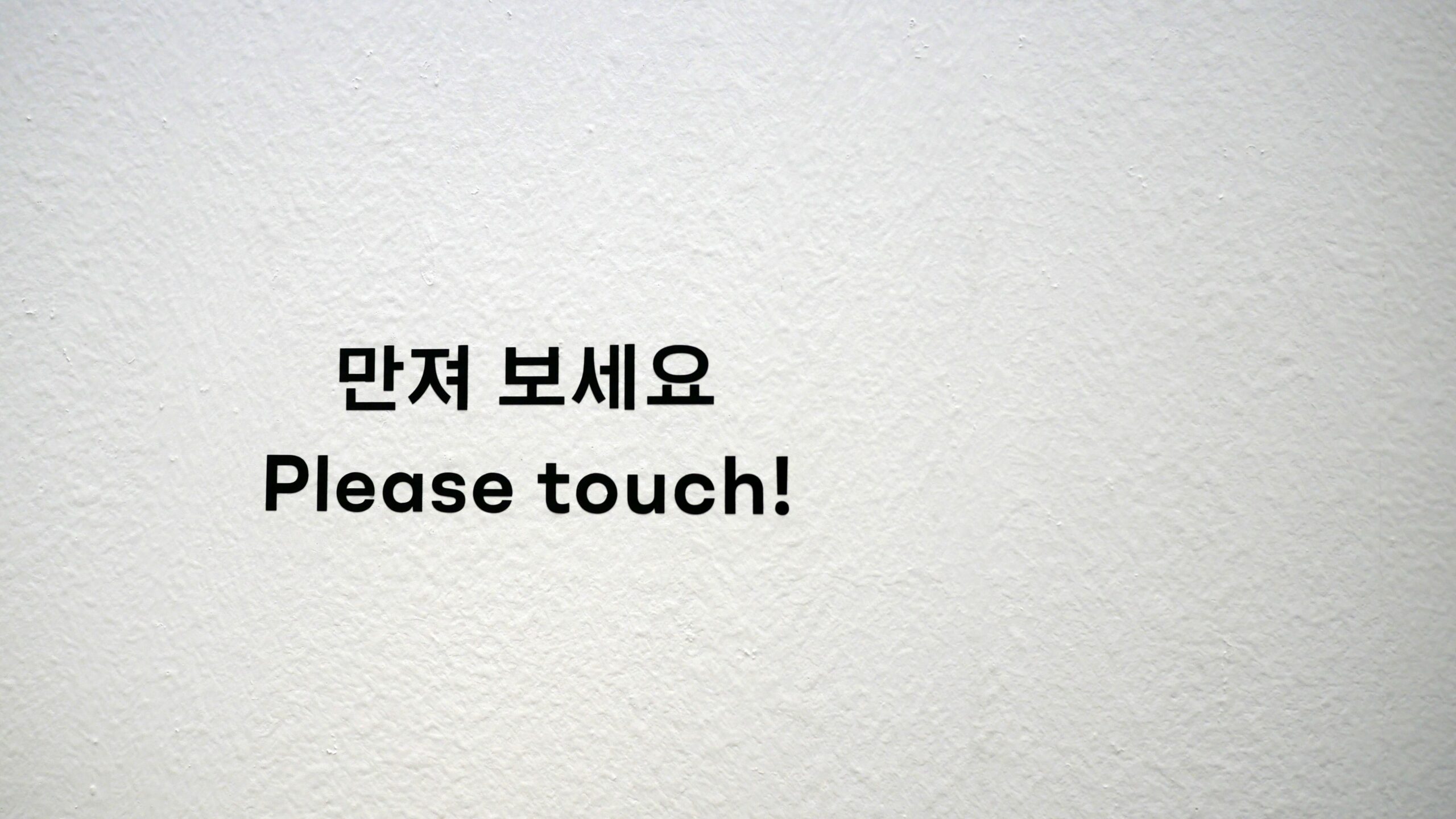“Sama” is a term used in the Japanese language that carries cultural and social significance. It is an honorific suffix used to show respect or reverence towards someone, usually used to address someone of higher status or authority. “Sama” is added to the end of a person’s name or title, and it is used to convey politeness, deference, and esteem. Here are some key aspects of the meaning and usage of “sama” in Japanese culture.

- Politeness and Respect: In Japanese culture, politeness and respect are highly valued, and the use of honorific language, such as “sama,” is an important aspect of social interactions. “Sama” is used to address someone of higher status, such as a customer, a superior at work, an esteemed guest, or someone older or more experienced. It conveys a sense of reverence, politeness, and humility towards the person being addressed, and it is used as a way to show respect and honor their position or achievements.
- Social Hierarchy: Japanese society has a strong emphasis on social hierarchy and interpersonal relationships. The use of honorific language, including “sama,” reflects this hierarchical structure, where individuals are expected to show deference to those of higher social status or authority. “Sama” is often used when addressing individuals in positions of power, such as government officials, religious leaders, or company executives, to acknowledge their authority and show respect for their position.
- Formal Settings: “Sama” is typically used in formal settings, such as business interactions, official ceremonies, or traditional rituals, where the use of honorific language is considered appropriate. It is less commonly used in informal or casual settings, among friends or family members, where other forms of address, such as “san” (a less formal honorific) or no honorific at all, may be more common.
- Gender-Neutral Usage: Unlike some other honorifics in Japanese, “sama” is considered gender-neutral and can be used to address both men and women. It is a respectful form of address that does not differentiate based on gender and can be used to address individuals of any gender who are considered to be of higher status or authority.
- Professional Titles: “Sama” can also be used to address individuals by their professional titles, such as “sensei” (doctor or teacher) or “buchou” (department head). When used with professional titles, “sama” conveys a sense of respect for the individual’s expertise, achievements, or position in their field.
- Customary Usage: The use of honorifics, including “sama,” is deeply ingrained in Japanese culture and is considered an important aspect of communication. It is often used out of custom and tradition, and not using honorific language when appropriate may be considered impolite or disrespectful in Japanese society.
- Context and Sensitivity: It’s important to note that the use of “sama” and other honorifics in Japanese language depends on context and sensitivity to social cues. Different situations and relationships may require different levels of formality and honorific language, and it’s important to be aware of the appropriate usage in each context. Additionally, the use of “sama” may not be suitable in all situations, especially in informal or casual settings, and it’s important to gauge the appropriateness of its usage based on the specific circumstances.
In conclusion, “sama” is an honorific suffix in Japanese language that is used to show respect, politeness, and deference towards someone of higher status or authority. It is a reflection of Japanese culture’s emphasis on politeness, social hierarchy, and interpersonal relationships. Understanding the meaning and appropriate usage of “sama”.
